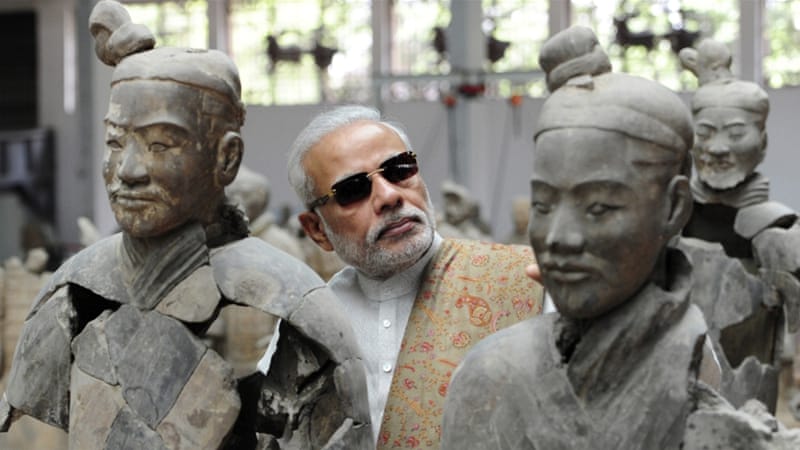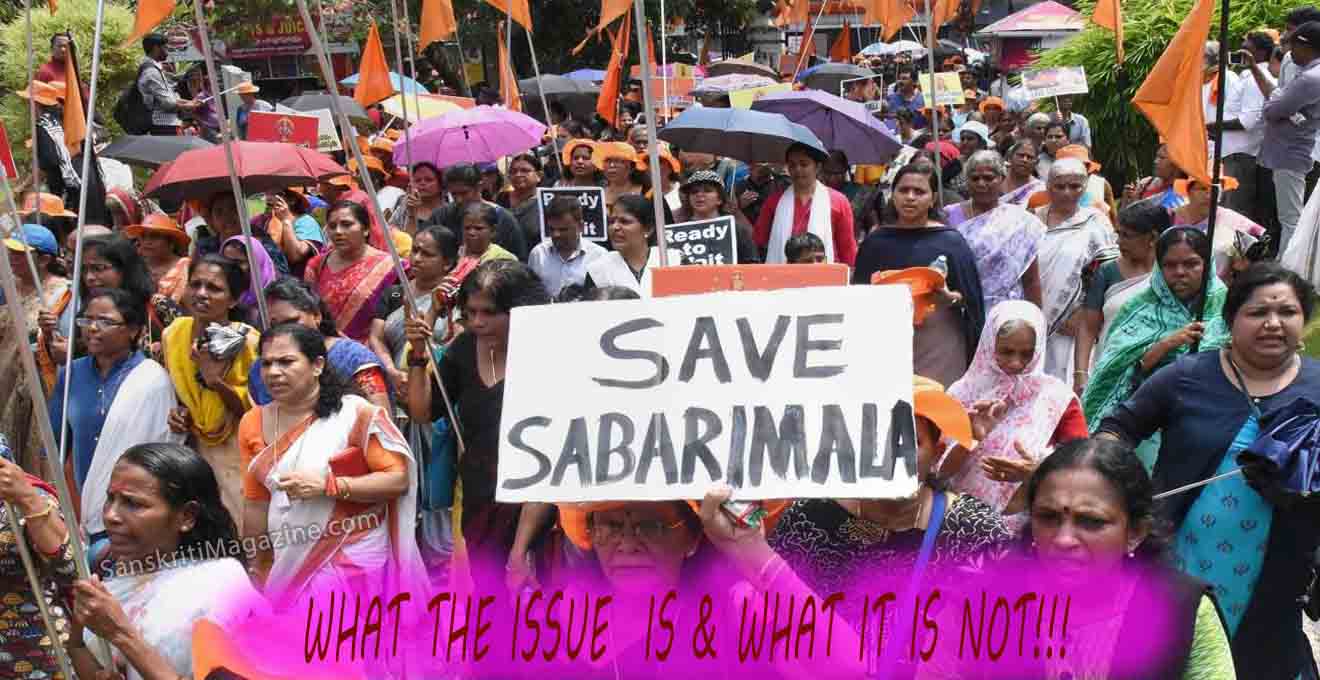Chinese observers with a warning in their bags said that provocative remarks by Indian officials, as well as surreptitious visit to controversial border regions, are likely to plunge India into another showdown with China like last year’s Doklam standoff.
India’s former National Security Adviser Shivshankar Menon on Wednesday accused China of wanting to “split” India and Bhutan over the Doklam standoff for political gains.
According to a PTI report, Menon also asserted the need for an integrated approach in managing the country’s borders.
Zhao Gancheng, director of the Center for Asia-Pacific Studies at the Shanghai Institute for International Studies, told the Global Times that India has been sending rousing signals to China since the Doklam standoff of summer 2017, which makes the already soured Sino-Indian relationship more brittle.
Chinese foreign ministry spokesperson Geng Shuang on February 15 expressed firm opposition to Indian Prime Minister Narendra Modi’s visit to Arunachal Pradesh and the disputed South Tibet area earlier this month, urging the Indian side not to take action that could complicate the boundary issue.
There is a strong possibility of conflict between China and India breaking out again this year, as India persists in pushing the bilateral relationship in a negative direction, and both sides are enhancing their preparations for a possible ramped up confrontation in the border region. This includes building roads and reinforcing troop numbers.
– Hu Zhiyong, a research fellow at the Institute of International Relations of the Shanghai Academy of Social Sciences
According to a media report published in January, 2018, India is planning to 15 new battalions in the country’s border guarding forces, a move to fortify defense along the strategic frontiers with Pakistan, Bangladesh and China.
Chinese foreign ministry spokesperson Lu Kang, when he was asked to explain a US-released satellite images which show huge build-up by both China and India in the border region, said that in order to patrol the border and improve the local conditions for border garrisons and local residents, China has constructed infrastructure like roads in the Doklam area, and it is China’s right to exercise its sovereignty in its own territory.
Hu also noted that India’s deliberate provocation is because it now feels Beijing’s growing influence in its neighbouring South Asia countries as projects under the China-initiated Belt and Road initiative are ongoing out in countries such as Pakistan and Sri Lanka.
He said that India made a mistake when it rejected the plan and now, in order to counter China’s influence in the region, India is likely to confront China more often under the instigation of the US, Japan and other countries.
(With agency inputs)











